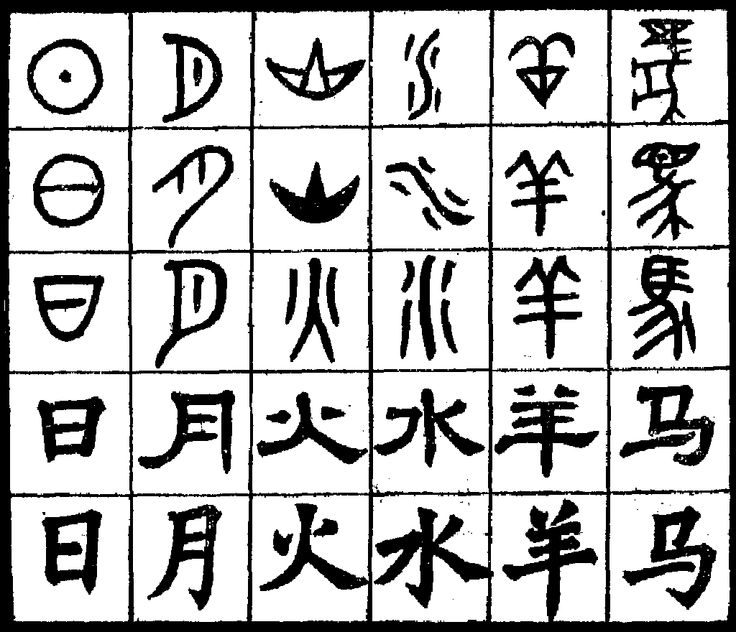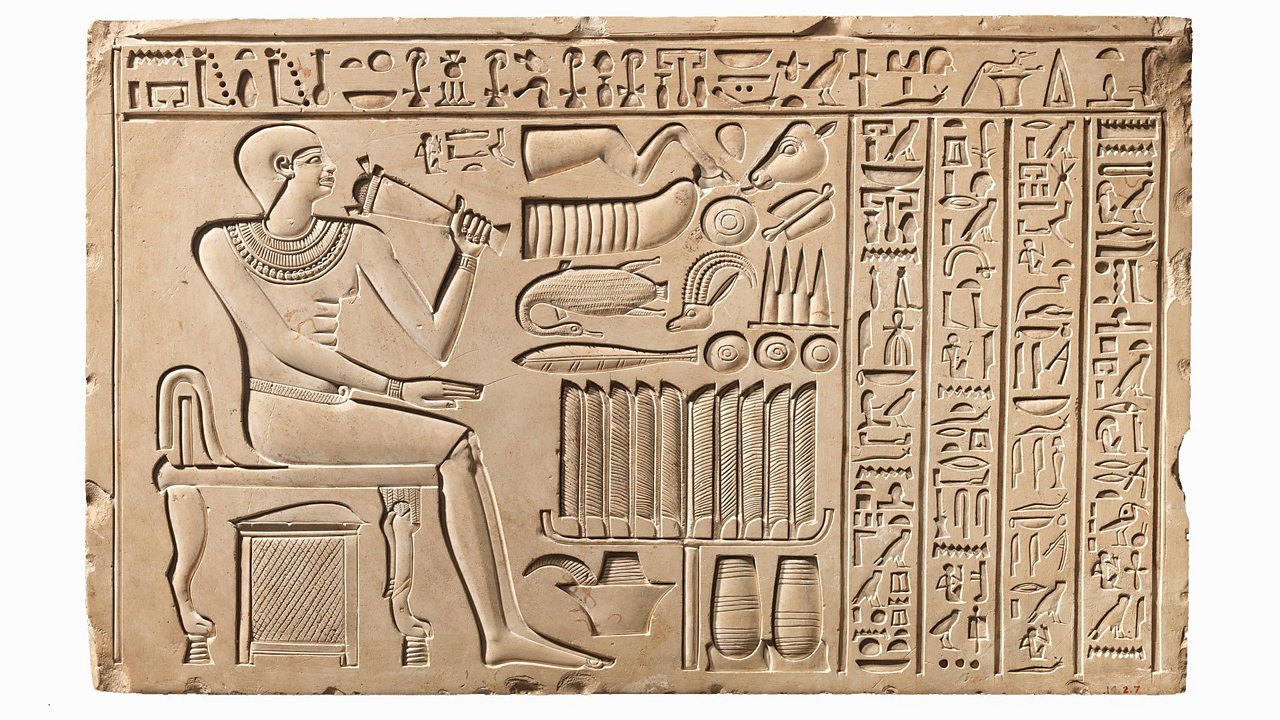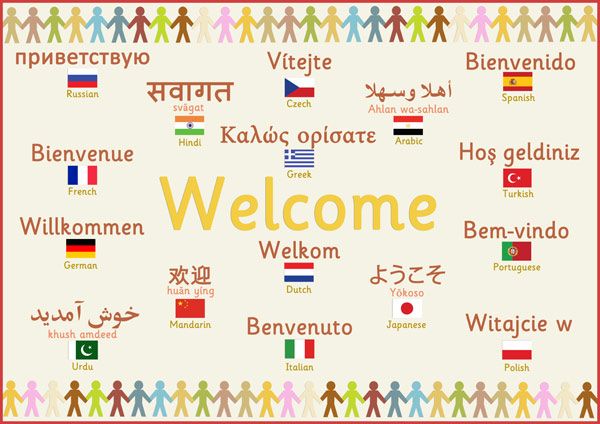Module 4
Lesson 1
If you are happy, write about it!
Different systems of writings and different styles of writing
Before you start
Look at the photos.
1  2.
2. 3.
3. 
4.  5.
5. 
Audioscript
It took primitive man thousands of years to invent writing. All over the world, different civilisations developed their own languages and their own writing systems. The more efficient the written language was, the faster the civilisation developed. The Egyptian civilisation, the Sumerian civilisation (ancestors of the Iraqis), the Indus Valley civilisation and the Chinese civilisation were the first to communicate by writing. This is why they are considered the most developed ancient civilisations. Samples of writing from these civilisations have survived. They are about 5,500 years old. Hieroglyphics were one of the first modes of graphic communication. Hieroglyphic writing was the picture writing that Egyptians and the Mayans used. Nowadays, systems for writing are based on symbols for sounds not on pictures. We call these systems alphabets. The first alphabet was invented in Ugarit – a town on the northern coast of Syria – in the 14th century BCE.
Writing and communication
Lesson 2
Before reading
- The key words
|
The word |
The meaning |
The part of speech |
|
Clay |
thick, heavy soil that is soft when wet, and hard when dry or baked, used for making bricks and containers |
Noun |
|
Government |
the group of people who officially control a country |
Noun |
|
Suitable |
acceptable or right for someone or something: |
Adjective |
|
Light |
not weighing a lot |
Adjective |
|
Portable |
light and small enough to be easily carried or moved |
Adjective |
|
Papyrus |
paper made from this plant, especially by ancient Egyptians |
Noun |
|
Messenger |
someone who takes a message or documents from one person to another |
Noun |
|
To collapse |
to fall down suddenly because of pressure or having no strength or support |
Verb |
|
Private |
only for one person or group and not for everyone |
Adjective |
While reading
A short history of written communication
When people talk about the most important developments of civilisation, they usually mention writing. Writing makes it possible for people to send messages over long distances and across time.
Imagine living on Earth 30,000 years ago. If you are good at drawing, you will cover the walls of your cave with paintings of your hands. If you are a good hunter, you will draw the animals you’ve hunted to show people. Such drawings are among the earliest examples of ‘writing’.
Thousands of years pass, and writing moves from drawings to hieroglyphics and then alphabets. As written language develops, people realise they can communicate with other people further away. They want to send letters. But if you want to send a letter, you should use a postal service.
The earliest example of a postal service comes from ancient Egypt – a clay letter nearly 4,000 years old. The first government postal service began in China about 3,000 years ago, but people still needed something suitable to write on.
Then, 2,500 years ago, the Egyptians discovered a light, portable writing material: papyrus. Soon afterwards, messengers on foot or horseback carried messages in Egypt and China. During the reign of Augustus Caesar (27 BCE–14 CE), the Romans organised Europe’s first postal service, but after the Roman Empire collapsed, the service stopped.
In the late Middle Ages, private postal systems carried personal and business mail. People still send letters today, but if they want others to get their news right away, they send an email.
The text talks about:
- The most important developments of civilization (writing and communication).
- The importance of writing to communicate.
- The timeline history of written communication (from drawings to hieroglyphics and then alphabets, written language).
- Sending letters and postal service.
- a postal service comes from ancient Egypt – a clay letter, then papyrus.
- The first government postal service began in China, then in Rome.
- In the late Middle Ages, private postal systems carried personal and business mail.